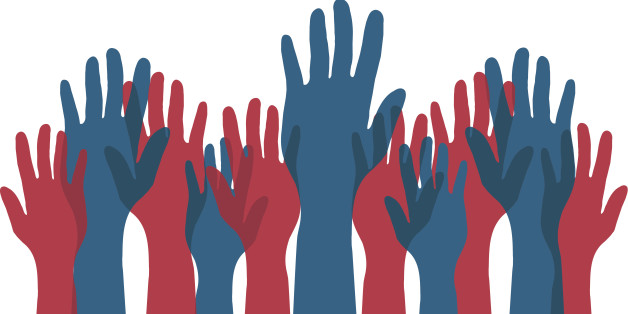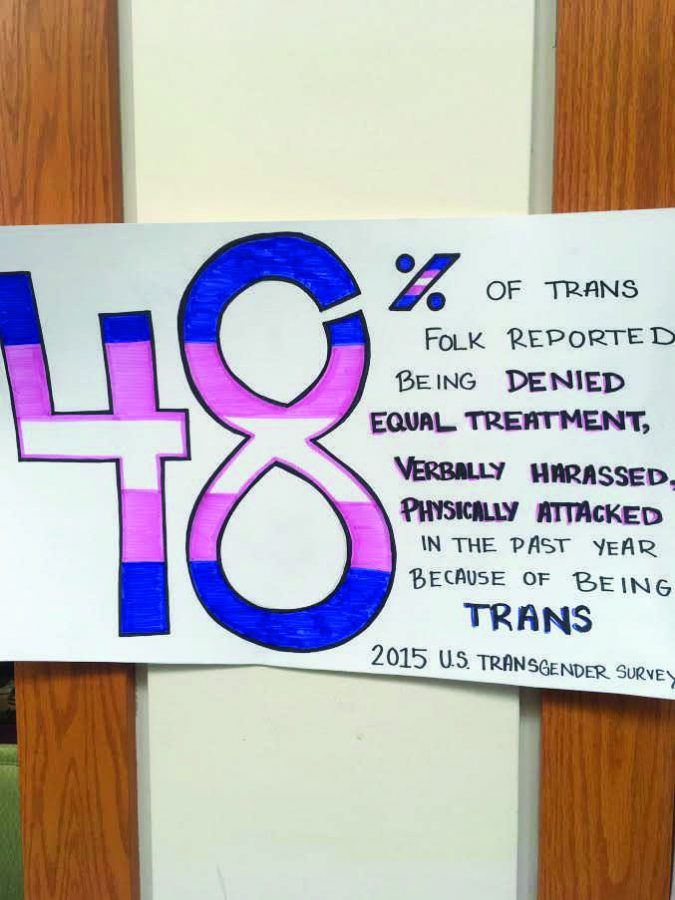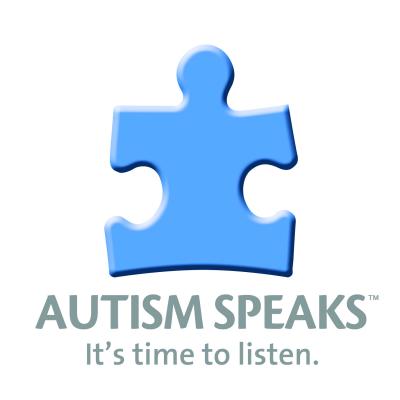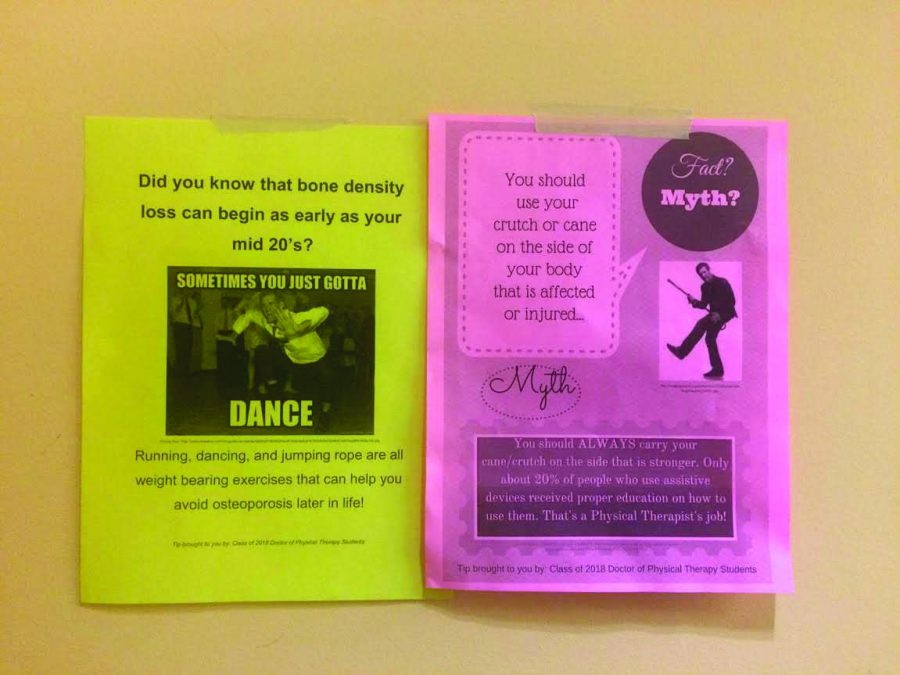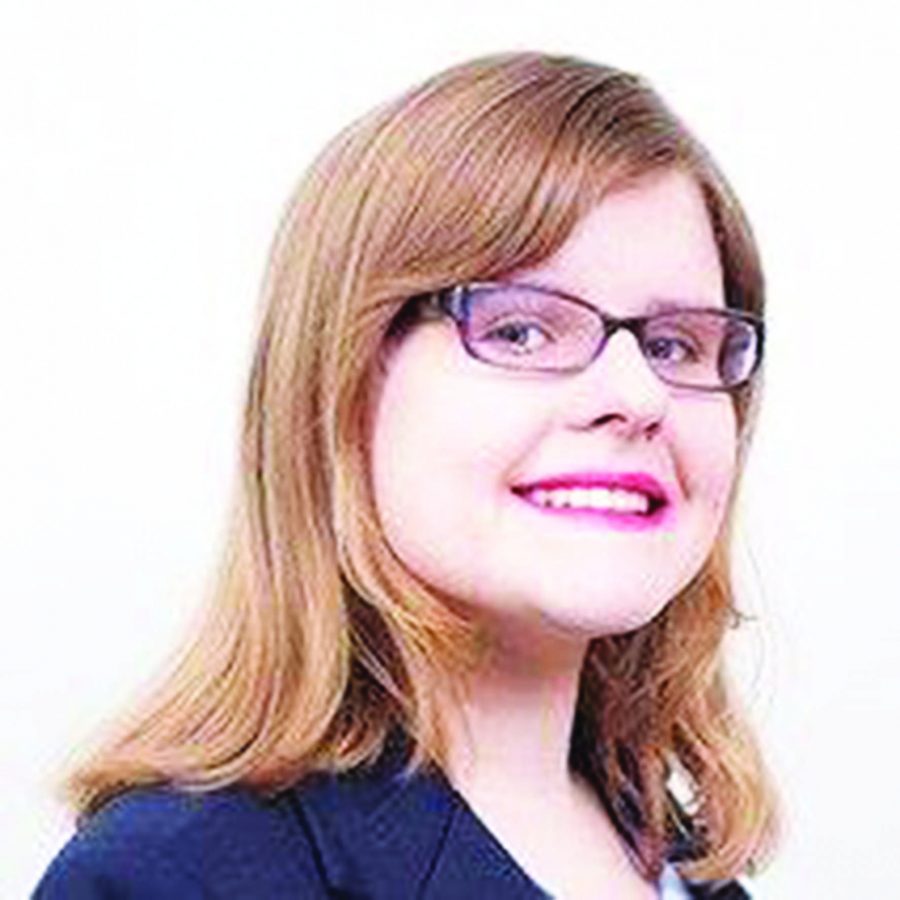By Shen Gao
Staff Writer
On April 5, panelists and audience gathered for a panel discussion about pay gap in the workplace in the Park Science building at Simmons. The event was organized by the Department of Chemistry and Physics at Simmons, the Northeastern Section of the American Chemical Society, and Chemical Engineering News.

Daniel C. Smith, Legislative Director and General Counsel from the Office of Senator Patricia Jehlen, gave the opening remarks. He talked about a new law in Massachusetts that makes it illegal for employers to ask applicants about their salary history. The law will go into effect July 2018. Currently, provisions are being worked on that will encourage businesses to self-evaluate pay equality. This means that if a business actively tried to look for wage gaps & discrimination within its workplace, lawsuits can be avoided.
Another speaker at the event was Amanda Yarnell, editorial director for Chemical & Engineering News. Yarnell brought light to the fact that progress in shrinking wage gap has stalled at approximately 82.7 percent, meaning on average a woman earned 82.7 cents on the dollar compared to men. Meanwhile, men’s wages stagnated. Yarnell presented data from the American Chemical Society that showed the 2016 salary averages. Male employees earned an average of $105,000, while female employees earned an average of $81,000, which is 77 percent of the male salary.
Katie Donovan, who established her own firm focusing on improving equal pay, also offered some valuable insights to the process of interviewing. She revealed that as of the day of the panel discussion, New York City had approved legislation that bans employers from asking job applicants what they made in their previous job.
Some of Donovan’s insights also included the discrimination that women tend to face even on paper. It has been revealed that generally, the name on a resume changes the perception of how qualified the candidate is depending on whether the name sounds like a man’s name or a woman’s name. She offered a tip to job seekers, especially women, to ask for more money if the offer is low. Her suggestion include saying something along the lines of “I would really love to work here and excited about this position, but that seems low.”
April 4 was Equal Pay Day, which is different every year. It is calculated based on how far into 2017 a woman has to work to earn the amount that a man earned in 2016. In bringing light to this, Samantha Washburn-Baronie, Deputy Director of the Office of Economic Empowerment in the Massachusetts State Treasury, highlighted a valuable tool in EqualPayMA.com. The website offers features such as wage gap calculator, anonymity in emailing your employer, salary negotiation tutorials and techniques, and editorials from the field’s thought leaders.
Another panelist, Chelsea Bodenstab, highlighted the steps that her employer takes to improve equal pay. Bodenstab, a Recruiting Team Leader at the Broad Institute of Harvard and MIT, stressed that the pay gap at the Broad is smaller than the average, and that the ratio is greater than 80 cents on the dollar for a woman’s pay. Another practice that is done at the Broad is that during an interview, the question “what did you make in your last job” is replaced with “what are you looking for in salary.”
After the panel discussion, audience brought up insightful questions on navigating the job hunt. An important fact that was highlighted was that some employers tend to use Human Resources (HR) as an excuse not to pay an employee higher. When a boss claims “HR says we cannot pay any higher”, it is most likely not true. HR rarely tell managers this, and it is up to the managers to figure out the budget that’s used to pay the employees.
One audience member pointed that the discussion was mostly binary in language, focusing on only the difference between the average pay of a man or a woman. It was asked whether there are any specific statistics on the wage gap between those who identify as part of the LGBTQIA+ community versus those who are not, and whether there are any resources out there for improving such a gap. It was answered that from known statistics, homosexual women make 20 percent less than homosexual men, who in turn makes even less than heterosexual men. The panelist agreed that there needs to be more attention focusing on improving the wage of those in the LGBTQIA+ community as well.






